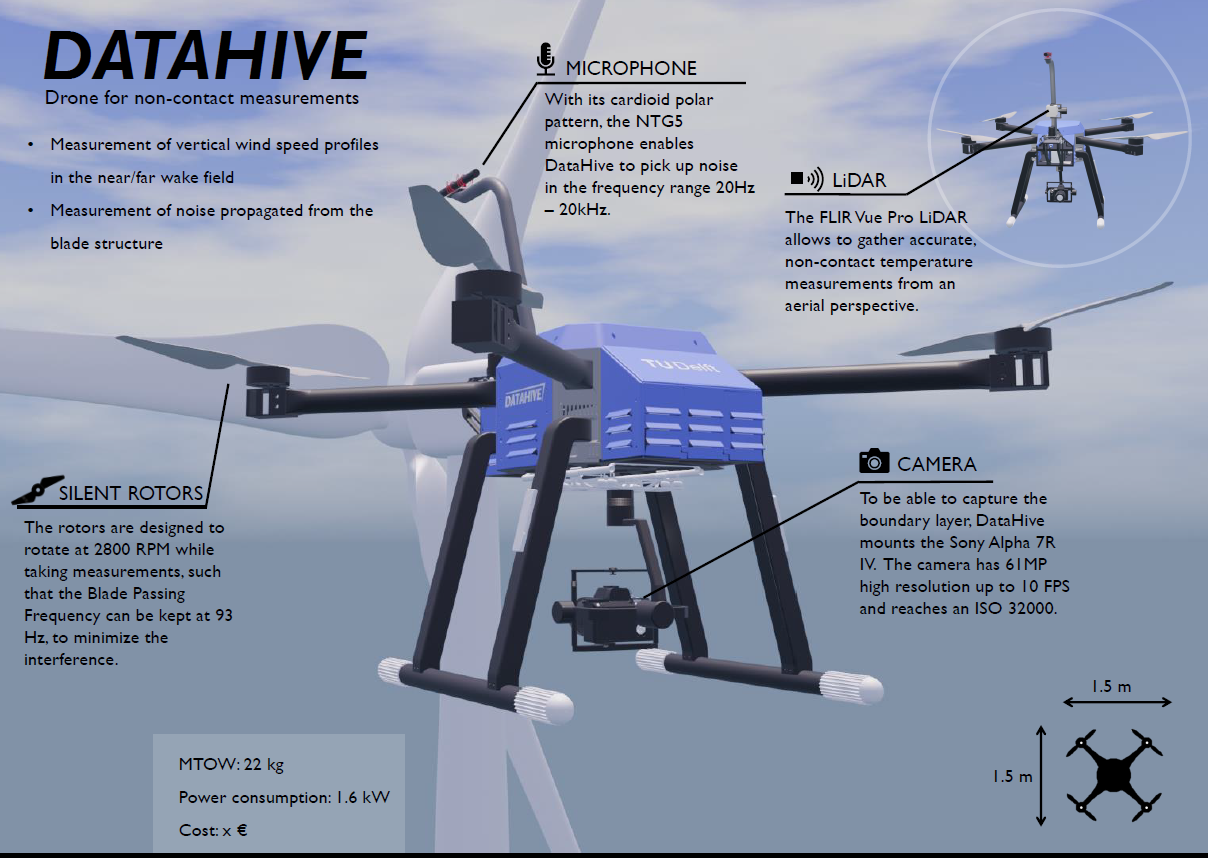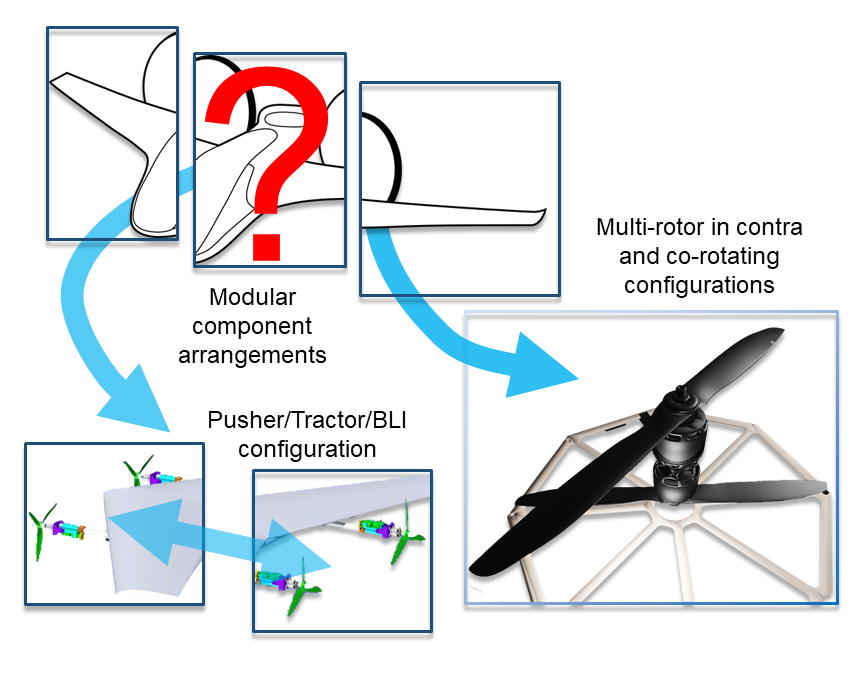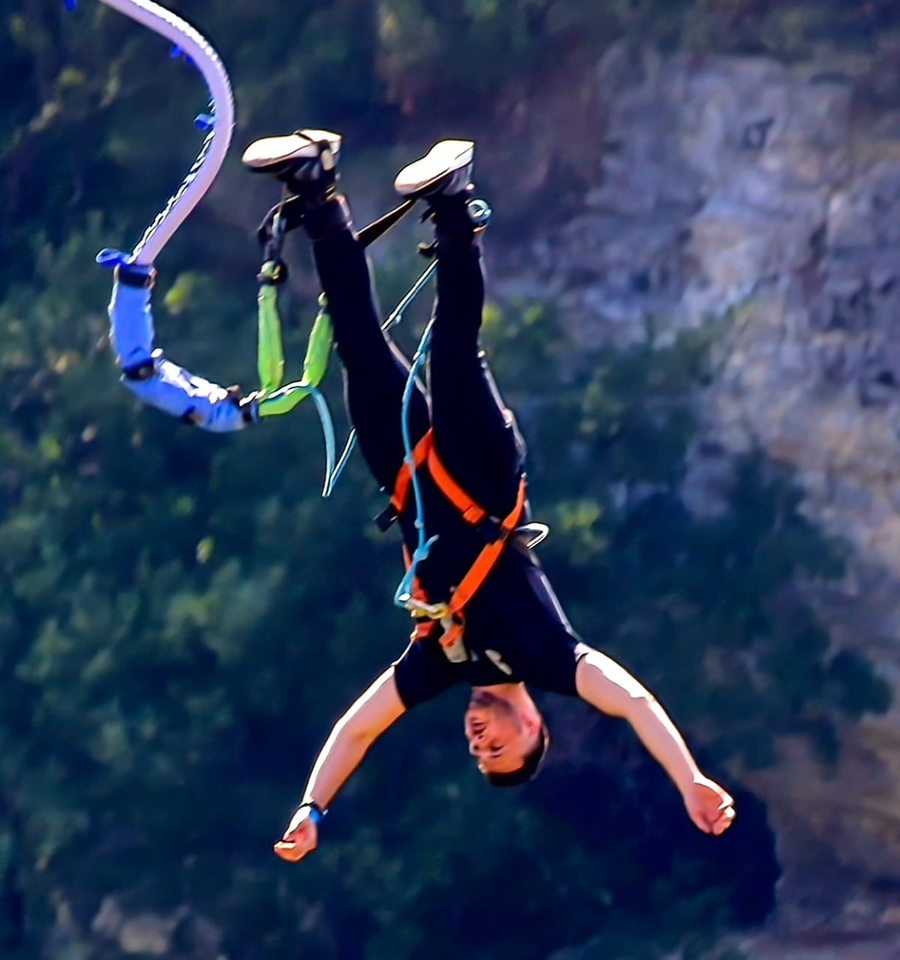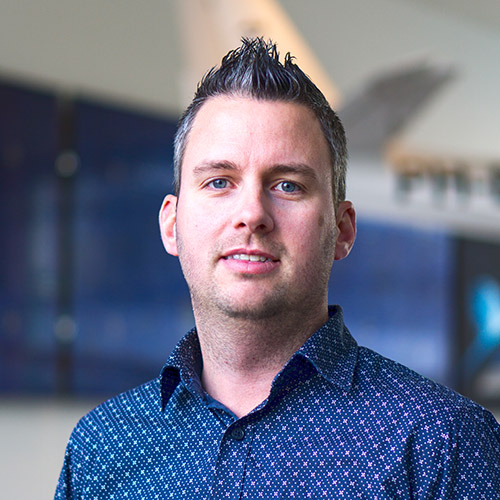TU Delft Turbo Air
Turbo Air is a TU Delft Advanced Air Mobility (TA2M) group that focuses on two main goals:

The design and realization of high-payload drones
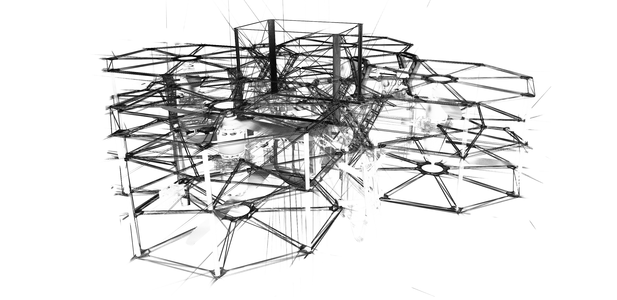
The setup of a modular platform for the study of disruptive aircraft and drone configurations
Motivation and Targets
Drones operating in special conditions require numerous compromises to grant the necessary aerodynamic performances, stability, and control in highly turbulent environments.
Turbo Air aims to design, realize, and deploy dedicated vehicle configurations for emergency operations, monitoring activities, and special missions, all performed in the safest way possible.
Among the scenarios targeted by Turbo Air, you can find:
Deployment of safety-related material and fire-extinguishing agents on the upper floors of high-rise buildings in case of a fire, where both extreme temperatures and altitude complicate the rescue operations of the fire brigade
High-precision atmospheric measurements aimed at monitoring the inflow conditions and the functioning of wind turbines, performed in highly turbulent environments, and satisfying stability and accuracy requirements
Transportation of payloads between 50 and 150 kg at variable distances
Want to join the team? Contact us!
The Turbo Air Team is looking for highly motivated students with a strong engineering or system-design background.
We offer paid collaboration opportunities at Bachelor, Master or post-Master level, with a contractual arrangement that can be tailored to the students' needs.
Would you like to join us and tackle a dedicated aspect on this topic, carry out a challenging Master project, or are you just interested in knowing more?
High Payload Drones
Among the several applications that Turbo Air tackles, two are currently under development:
DATAHive
Within the framework of a NWO-funded project, Turbo Air is developing DATAHive, a drone for the simultaneous high-precision measurement of boundary-layer velocity profiles, sound-pressure levels, and surface-temperature values for large operating machines such as wind turbines, helicopters, urban air vehicles, etc.
This non-contact measurement drone is equipped with large rotors, granting the vehicle the stability necessary to minimize self-noise and perform high-precision and high-resolution visual and thermal imaging. This vehicle carries multiple sensors, including a high-resolution camera for boundary-layer characterization, a hypercardioid microphone for directional noise measurements and a LiDAR to measure boundary layer scattering to characterize the flow field.
LARES
In collaboration with the Gezamenlijke Brandweer Rotterdam, Turbo Air deploys LARES, a new drone aimed at facilitating the rescue operations of the fire brigade in high-rise buildings, where the high temperatures and smoke jeopardize a safe evacuation of the upper-floors residents.
This fire rescue drone is designed to be within 90 cm in length and width to access buildings and confined environments. It carries a safety-related payload composed by the latest extinguisher fire-ball from AFO, suppressing active fires within a region of 2 x 2 m2, and 4 Narwhal fire-escape masks, delivered to endangered subjects to facilitate their escape through the smoke.
A Modular H/VTOL Platform
In the last decade, the UAM (Urban Air Mobility) and UAV (Unmanned Aerial Vehicle) industry has populated the design scenery with several vehicles for air transportation of goods and people.
The versatile combination of electric engines and propeller rotors has allowed for:
- scaling the design solutions from sizes of 1 m3 to 50 m3, with sufficient authority to cope with payloads in the range of 50 - 500 kg.
- promoting very versatile vehicle solutions, from VTOL to more conventional aircraft-like configurations with multi-rotors in distributed propulsion, staggered, feathering, etc.
In particular, new categories of VTOL vehicles are rising with hybrid capabilities, combining the cruise efficiency of conventional fixed-wing configurations with the hovering capability.
All these configurations develop aerodynamic, aeroelastic, and aeroacoustic interactions that have been mostly avoided in conventional aircraft-design solutions.
Together with the MAVLab (Micro Aerial Vehicle Laboratory), Turbo Air is preparing a new modular platform to investigate these interactions.
The platform is a flying 100 kg payload vehicle with interchangeable wings, fuselage/cabin, and multi-rotors, mainly aimed at tackling control-related issues arising from aerodynamic instabilities that are generated by individual components or the surrounding structures.
The MAVLab group has already prepared a flying prototype for control-related studies constituted by one modular delta wing equipped with 4 rotors, achieving full 6-DOF control.
The next steps to perform in collaboration are:
- The upscaling of the model with insertion of benchmarked wings and rotors developed in the FPT department;
- The development of a new aerodynamic model with control to operate the platform in several different configurations;
- The exploration of the applicability of modern neural-network techniques for assessing the optimal component distances to minimize interactions at the aerodynamic and aeroacoustic level.
Our Team
The Turbo Air Team consists of many contributors and developers who join us on a daily basis providing several ideas and dedicated skills.
Our Core Team
It includes founders and contributors who will support the group in the coming years:
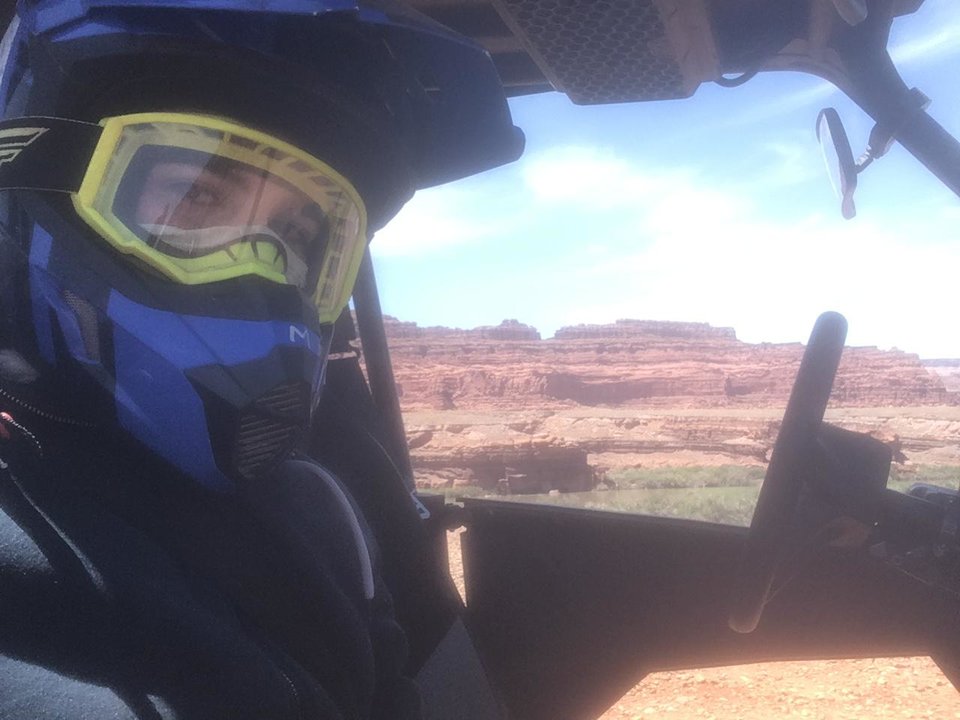
Brian Puroja
Our control and component designer, Brian can pimp up our vehicle and transform it from a rough sketch to a truly competitive flying machine.Our Spearheads
It includes participants with special skills who contributed to the accomplishment of the first design:
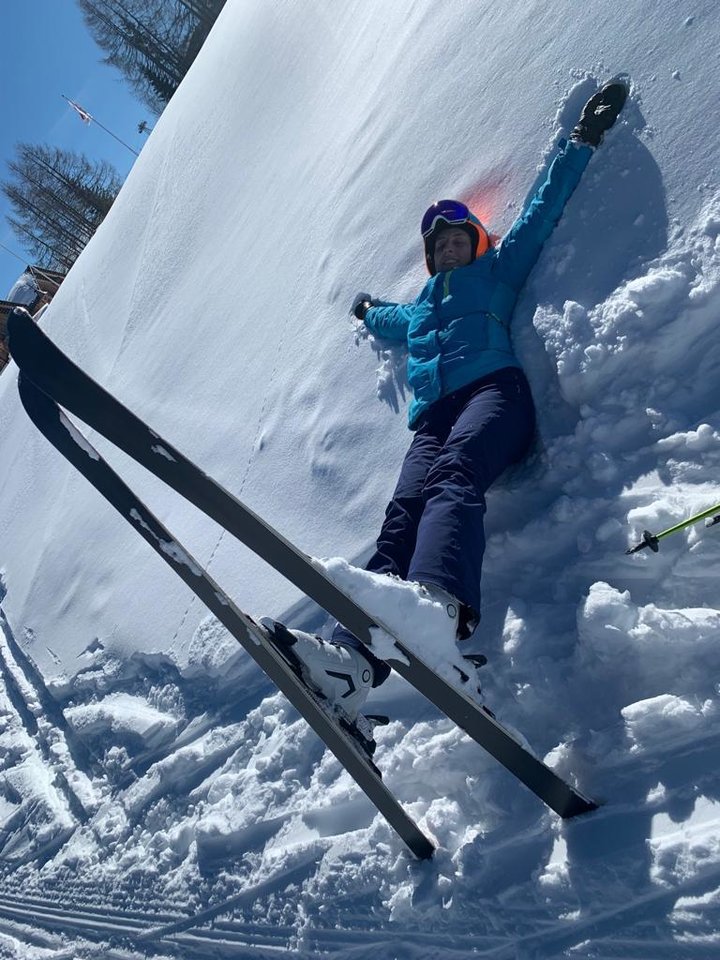
Giulia Zoppini
Expert in aerodynamic measurements of velocity, pressure, and thermography, Giulia has led the choice of the sensors to be installed in the high payload configurations.

